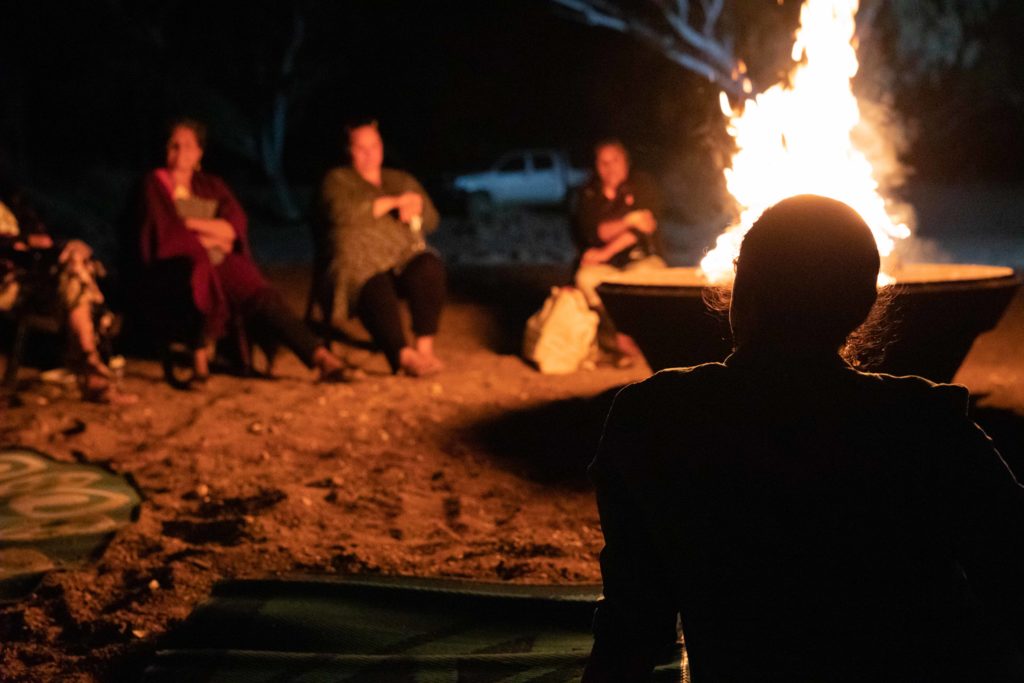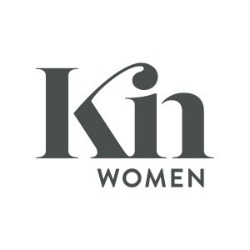
At what point in history did we start believing that a culture or people group needed to be saved by people outside their culture?
I have spent the last week out in the bush on the land of the Jaru People. In the traditional language of the Jaru, the word for women is Ngaringgas. My assignment as a photographer was to capture the inaugural gathering of Aboriginal Business Women from all across the East Kimberley. For three days, I sat as an observer and listened to the stories of strong, innovative Ngaringgas. I heard stories of oppression and overcoming and their commitment to empowering their people to live better.
Each Ngaringga who spoke didn’t speak of what should be done by others. Instead, they shared all the ways they are already creating change and the solutions they see being the next steps in empowering their communities.
As I listened, it struck me how much the Aboriginal people, even today, are still living under the burden of covert injustices and racism. The stories I found to be unexpectedly troubling, were the myriad of experiences where white Australians came in to “help” and in doing so did great harm. Repeatedly I heard recounting of events where people outside their culture decided what the problems and solutions were going to be with little to no consultation by the local people. Inevitably money and resources are wasted. The local people are frustrated because they see how just a fraction of investment into their locally-sourced solutions could have been so much more effective.
It is a subtle and dangerous injustice when we see ourselves and our culture as the saviour of another. With good intentions, we can donate money, time, and resources to organisations that intend to do good. However, more often then not the people who are being served through these organisations are not represented at the tables of decision making. This is a grave injustice that is causing harm.
Imagine having a board where every seat was held by Aboriginal leaders who dictate policies, governances, and funding allocations for a predominately white primary school. The fact is most people would feel like that is inherently wrong, unfair and inappropriate. Yet every day, how many decisions are made about and for aboriginal people? Often, not a single aboriginal person holds a seat of power at these tables of decisions. Sometimes they are given the opportunity to consult but rarely are they given power to be decision makers.
Committees that represent Aboriginal affairs should have a majority of Aboriginal committee members. Organisations that serve the homeless need to have a person on their board who has experienced homelessness in their life. Youth outreaches should have youth ambassadors with real power and decision-making abilities.
Those of us with an abundance of resources, should not stop being generous. There are complex and overwhelming problems out there that need funding, education, and resources. However, as I sat under the branches of gum trees in the dusty outback, one thing became apparent. Surrounded by generations of women whose whole life is tied to their communities, I realised they don’t need our solutions. The solutions are already there, burning in their hearts and minds. What they need is for room to be made at tables of powers. They need their voices to be heard, respected, and amplified.
Until we start demanding proper representation in our school boards, churches, community organisations, and government, we are complicit in perpetuating systems of oppression. Misrepresentation is an injustice. Justice is calling us to do better.


I absolutely agree with you. I think the women in indigenous communities have so much to offer. If they are empowered they have the solutions. If projects and community change are not driven by the stakeholders in the community, the results are not there.
Utilising the wisdom of the women and men in their own communities is the only way.
Steve said the best program he ever saw in the Kimberley was a local man who took young men out into the bush to teach them how to be men. He didn’t get any funding but his results were life-changing. He is the sort of person who should be getting funding.
Thanks for sharing your experience and the inspiration you received from the Ngaringgas. ❤️
Yes!!! My friend Natasha calls these people “Tall Trees”. Find the Tall Trees that are already providing sustenance and shade in their communities and give them the resources to do more. There is so much wisdom and local knowledge just waiting for the littlest bit of resource to flourish.